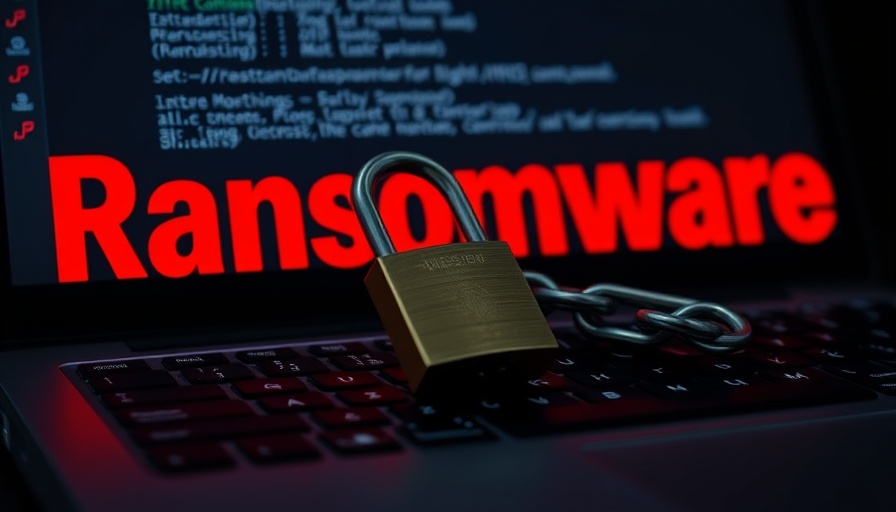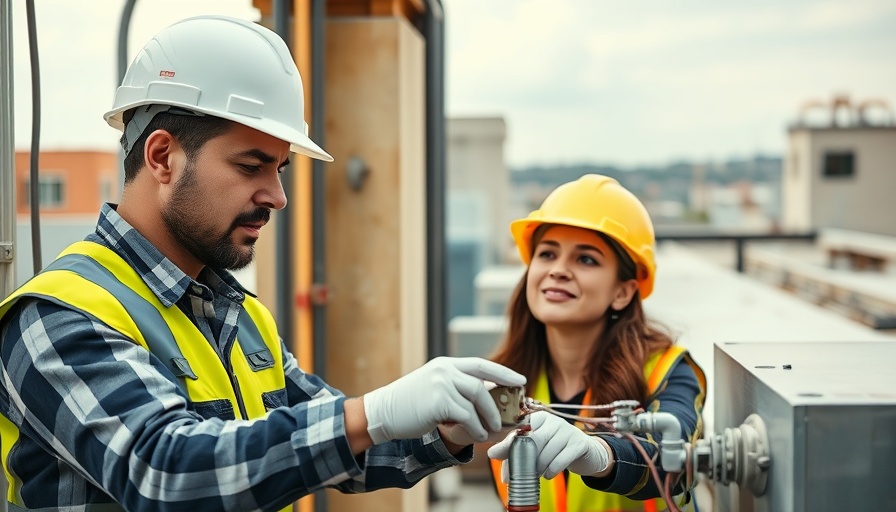Regulation and Controls
States Take Action to Enhance Protections for Senior Citizens in Care Facilities
6
Protecting Our Seniors: New Laws and RegulationsIn recent years, the plight of senior citizens in nursing homes has gained significant media attention, bringing to light the pressing need for reform in the care industry. As seniors often face vulnerabilities, various states are evolving regulations to enhance protections for these cherished members of our society, ensuring they receive the care they deserve.Recent Legislative Changes: A Step in the Right DirectionIllinois has initiated a transformative law that safeguards the rights of nursing home residents. This upcoming legislation—set to take effect on January 1, 2026—prohibits nursing homes from retaliating against residents who voice concerns about neglect and abuse. This proactive measure allows individuals to take legal action if they experience retaliation for standing up for their rights. By mandating that facilities inform residents annually of their rights and complaint procedures, Illinois is championing accountability and transparency.The Ongoing Challenges in Senior CareHowever, the landscape is not entirely rosy. A recent 2023 report from the U.S. Senate Special Committee revealed alarming statistics, indicating that approximately 28% of U.S. nursing homes fell behind on essential inspections. These inspections, required every 15 months, are vital for maintaining safety and proper care standards. Moreover, widespread staffing shortages compounded by inadequate federal funding since 2015 have hindered effective oversight in these facilities, heightening the need for regulatory improvement.Government Initiatives: Promising ProposalsThe Biden Administration has acknowledged the need for change. Their proposal in 2022 aims to uplift the standards of nursing home care, pushing for accountability and improved communication regarding facility ownership and quality of care. Although these initiatives are steps forward, the ultimate responsibility still lies with states to implement and uphold these regulations.Insights Into the Industry: Why Quality MattersThe negative press surrounding nursing home care has prompted many senior care facilities to reassess their approach. For instance, a report from the National Center for Assisted Living (NCAL) highlighted that 15 states have updated their assisted living regulations, focusing on crucial aspects such as infection control and quality metrics. This is vital as quality not only impacts the well-being of residents but also affects families placing loved ones in these facilities.Luxury Facilities: A Growing TrendInterestingly, luxury senior care facilities are on the rise, reflecting a shift in how we view elderly care. Contemporary designs emphasize community living, wellness, and comfort, recognizing that a supportive environment directly influences the physical and mental health of residents. As new construction projects emerge, the focus is on integrating amenities and healthcare services that create a holistic living experience.Looking Ahead: The Future of Senior CareAs the dialogue surrounding senior care gains momentum, observers can predict a future where regulations continue to evolve, enhancing protection for those who have spent their lives contributing to society. Engaged policymakers, family advocates, and industry leaders must work collaboratively to transform the perception and reality of nursing home care. With continued advocacy, we can hope for a supportive environment that values the dignity and well-being of senior citizens.Join the ConversationWe must advocate for reforms that uplift our senior community. Engage with local representatives to voice your concerns regarding the care for our elderly population and ensure they are prioritized in every legislative discussion. Together, we can foster a world where seniors live with dignity and respect.

 Add Row
Add Row
 Add
Add

 Add Row
Add Row
 Add Element
Add Element
















 Add Row
Add Row
 Add
Add

